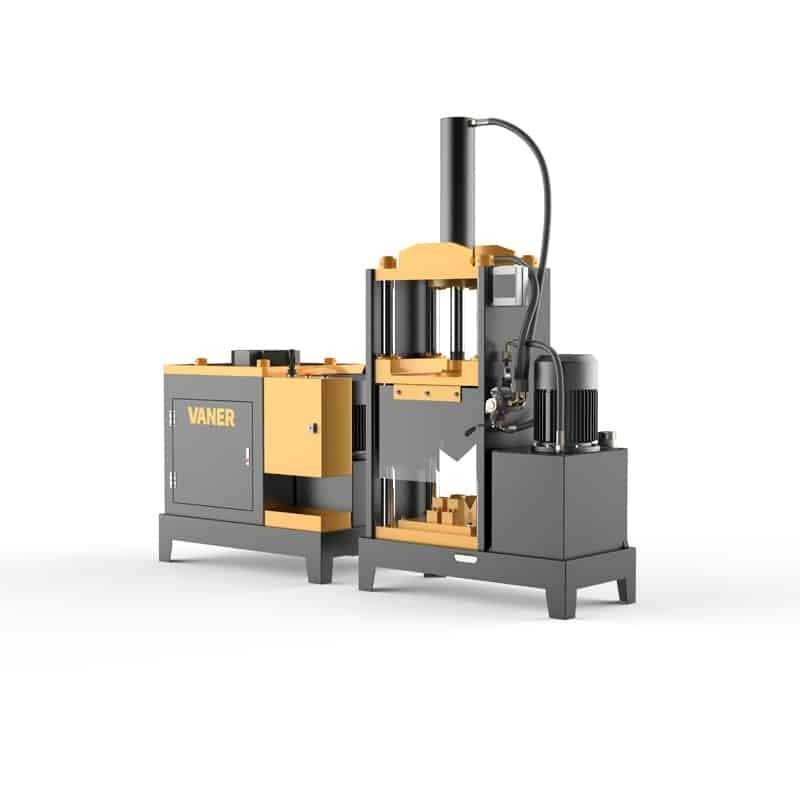Electric motor recycling is crucial for reducing waste and promoting sustainability. By repurposing old electric motors, valuable materials can be salvaged and reused in new products, helping to conserve resources and minimize environmental impact. Many people are unaware of the benefits of electric motor recycling, but it plays a significant role in the circular economy. Let’s delve deeper into the world of electric motor recycling and discover its importance in creating a more sustainable future.
Exploring the World of Electric Motor Recycling
The Rise of Electric Motors
Electric motors have become an integral part of our daily lives, powering everything from household appliances to industrial machinery. As the demand for electric motors continues to grow, so does the need for proper recycling methods to handle the increasing volume of electronic waste. In this article, we will delve into the world of electric motor recycling, exploring its importance, process, and environmental impact.
Understanding Electric Motors
Before we dive into the recycling process, let’s take a moment to understand what electric motors are and how they work. Electric motors are devices that convert electrical energy into mechanical energy, allowing them to power various applications. These motors consist of coils, magnets, and a shaft, all working together to produce motion.
Electric motors are found in a wide range of devices, including refrigerators, fans, and cars. They play a crucial role in driving innovation and improving energy efficiency. However, like all electronic devices, electric motors have a limited lifespan and eventually need to be replaced or recycled.
The Importance of Electric Motor Recycling
Recycling electric motors is crucial for several reasons. First and foremost, it helps reduce the environmental impact of electronic waste. Electric motors contain valuable materials such as copper, steel, and aluminum, which can be extracted and reused in manufacturing new products. By recycling these materials, we can reduce the need for mining and conserve natural resources.
Additionally, recycling electric motors helps prevent harmful substances from ending up in landfills. Many electric motors contain hazardous components like lead and mercury, which can leach into the soil and water if not properly disposed of. By recycling these motors, we can ensure that these toxins are safely removed and handled.
Benefits of Electric Motor Recycling
There are several benefits to recycling electric motors. One of the primary advantages is the conservation of resources. By recovering materials from old motors, we can reduce the demand for new resources, ultimately lowering energy consumption and greenhouse gas emissions.
Another benefit of electric motor recycling is the economic value it generates. The materials recovered from recycled motors can be sold to manufacturers, providing a source of income for recycling facilities. This economic incentive encourages the recycling industry to grow and expand, creating jobs and stimulating the economy.
The Electric Motor Recycling Process
The process of recycling electric motors involves several steps, each designed to efficiently recover valuable materials while minimizing waste. Let’s take a closer look at the typical recycling process:
Collection and Sorting
The first step in electric motor recycling is the collection and sorting of motors. This can be done through various channels, including drop-off centers, recycling facilities, and electronic waste collection events. Once collected, the motors are sorted based on their size, type, and condition.
Dismantling and Extraction
After sorting, the motors are dismantled to extract the valuable materials inside. This process involves removing the outer casing, separating the coils and magnets, and extracting any other components that can be recycled. Specialized equipment is used to disassemble the motors efficiently and safely.
Material Recovery
Once the components are separated, the next step is to recover the materials for recycling. The coils, typically made of copper wire, are shredded and melted down to be reused in new products. The magnets, usually made of rare earth metals, are also extracted and recycled to minimize the need for mining.
Environmental Impact of Electric Motor Recycling
Electric motor recycling has a positive impact on the environment by reducing waste, conserving resources, and preventing pollution. By recycling electric motors, we can divert them from landfills, where they would otherwise contribute to the growing electronic waste problem.
Furthermore, the extraction and recovery of materials from recycled motors require less energy and produce fewer emissions compared to mining and manufacturing new materials. This results in lower carbon emissions and helps mitigate the environmental impact of resource extraction.
Energy Savings
Recycling electric motors also helps save energy by reducing the need for new materials. Manufacturing products from recycled materials typically requires less energy than producing them from virgin resources. By using recycled materials in the production of new motors, we can lower energy consumption and decrease our carbon footprint.
In conclusion, electric motor recycling is a vital process that helps protect the environment, conserve resources, and promote sustainability. By understanding the importance of recycling electric motors and supporting recycling initiatives, we can play a significant role in reducing electronic waste and building a more sustainable future.
Whether it’s recycling a small motor from a household appliance or a large motor from an industrial machine, every effort counts towards minimizing waste and maximizing resource efficiency. Together, we can make a difference through electric motor recycling and contribute to a cleaner, greener planet for generations to come.
UK customer feedback MR-TS Electric Motor Recycling Machine – VANER Machinery
Frequently Asked Questions
What is electric motor recycling?
Electric motor recycling is the process of dismantling used electric motors to recover valuable materials such as copper, aluminum, and steel for reuse in manufacturing new products.
Why is electric motor recycling important?
Electric motor recycling is important because it helps reduce waste in landfills, conserves natural resources, and minimizes the environmental impact of extracting raw materials for new products.
How are electric motors recycled?
Electric motors are recycled by first disassembling them to separate the components. The valuable materials like copper and aluminum are then extracted through various techniques such as shredding, crushing, and melting.
What are the benefits of recycling electric motors?
Recycling electric motors not only conserves resources but also helps in energy savings as it requires less energy to recycle materials than to mine and process new ones. Additionally, recycling reduces greenhouse gas emissions associated with manufacturing processes.
Final Thoughts
In conclusion, electric motor recycling is crucial for sustainable resource management. Proper disposal of electric motors helps reduce environmental impact and promotes recycling efforts. By recycling electric motors, valuable materials can be recovered and reused, contributing to a more circular economy. Embracing electric motor recycling practices is essential for conserving resources and minimizing waste in the long run.



